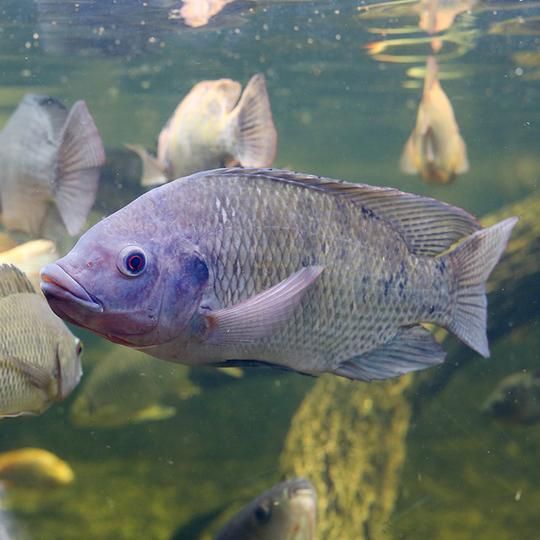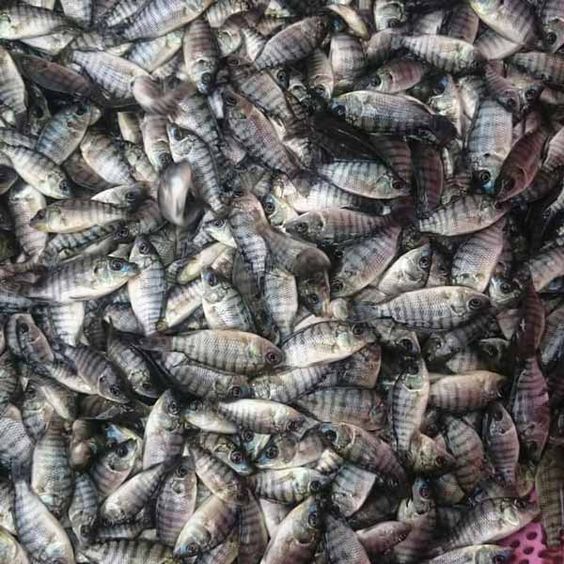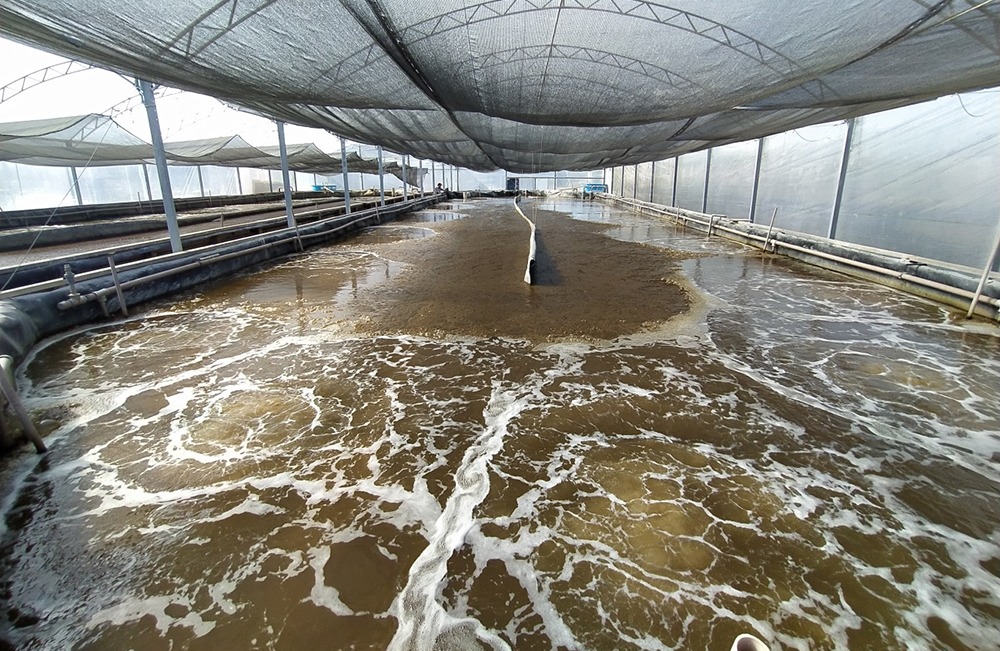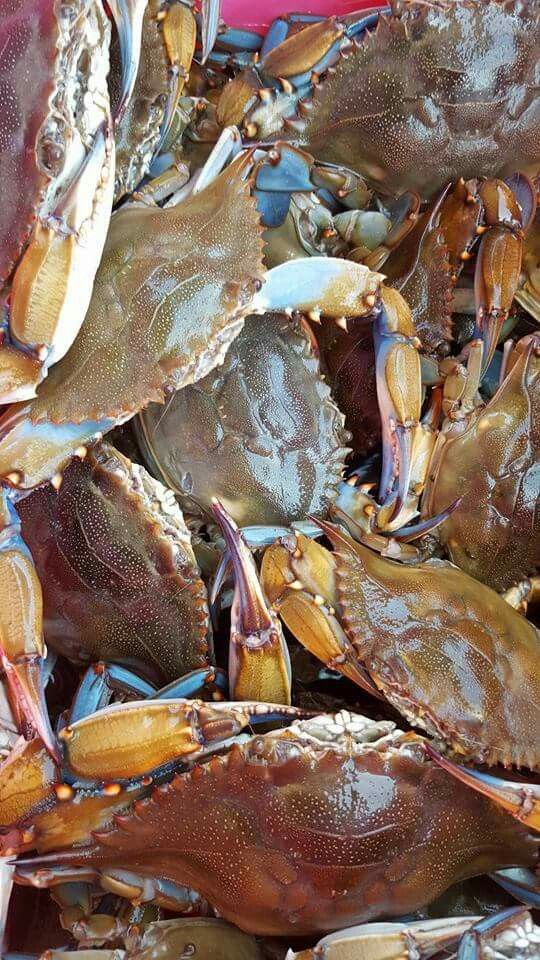The Two Faces of Innovation: Fisheries Technology in a Changing World
Fisheries technology encompasses a vast array of tools and practices used to locate, catch, process, and distribute seafood. From the simple hooks and nets of artisanal fishers to the high-tech sonar and trawls of industrial fleets, technology plays a vital role in meeting our global demand for fish. However, this innovation is a double-edged sword. While it can increase efficiency and safety, it can also lead to overfishing and harm to marine ecosystems.
Contents
- 1 Finding Fisheries Technology: Tools for Locating Marine Resources
- 2 Catching Fisheries Technology: Gear and Techniques for Efficient Harvesting
- 3 Processing and Distribution: Keeping Seafood Fresh
- 4 The Impact of Fisheries Technology: Boon or Bane for Fisheries?
- 5 The Future of Fisheries Technology:
- 6 The path forward requires a multi-pronged approach:
Finding Fisheries Technology: Tools for Locating Marine Resources
- Sonar and Radar: These technologies paint a picture of the underwater world, allowing fishers to locate schools of fish and map the seabed. Sonar uses sound waves to detect fish density and depth, while radar helps navigate and avoid hazards.
- Satellite Imagery: Satellites provide valuable data on ocean temperature, currents, and chlorophyll levels, all of which influence fish distribution. By analyzing this data, fishers can predict areas with higher fish concentrations.
- Fish Aggregating Devices (FADs): These man-made objects attract fish by providing shelter and simulating feeding grounds. FADs can be helpful for small-scale fishers, but large-scale use can lead to overfishing.
Catching Fisheries Technology: Gear and Techniques for Efficient Harvesting
- Nets: From simple gillnets to complex trawls, nets are some of the most common fishing gear. Gillnets passively entangle fish, while trawls are dragged along the seabed, scooping up everything in their path. Selectivity is a key concern; ideally, nets should target specific species and minimize bycatch (unwanted fish and other marine life).
- Hooks and Lines: Longlines with multiple baited hooks are used for catching fish at specific depths. Rod and reel fishing, a familiar method for recreational fishing, also falls under this category.
- Pots and Traps: These enclosed structures lure fish inside with bait and prevent them from escaping. Crab pots and lobster traps are common examples.
Balancing Efficiency with Sustainability: Technological advancements can improve gear selectivity, reducing bycatch. For instance, using escape vents in trawl nets allows undersized fish to escape. Additionally, gear modifications can minimize damage to the seabed habitat.
Processing and Distribution: Keeping Seafood Fresh
Fisheries Technology,Onboard processing facilities on large fishing vessels allow for immediate gutting, cleaning, and freezing of fish, maintaining quality. Once landed, fish are further processed, packaged, and transported through a complex cold chain to reach consumers.
Technological advances here focus on minimizing waste and maximizing product shelf life. For example, improved handling techniques and advanced refrigeration systems ensure freshness and reduce spoilage.
The Impact of Fisheries Technology: Boon or Bane for Fisheries?
Increased Efficiency: Technology undeniably increases fishing efficiency. Fish finders locate fish stocks more readily, and modern vessels catch larger quantities in shorter durations. This can benefit fishers economically but raises concerns about overfishing.
Environmental Impact: Unsustainable fishing practices employing powerful technology can lead to the depletion of fish stocks and the destruction of marine ecosystems. Overfishing disrupts the delicate balance of the ocean, impacting predators, prey populations, and the overall health of the marine environment.
Data and Management: Technology can be a powerful tool for fisheries management. Electronic monitoring systems track fishing locations and catches, aiding in enforcing regulations and preventing illegal fishing. Additionally, stock assessments that utilize scientific data can help determine sustainable catch limits.
The Future of Fisheries Technology:
Fisheries Technology sustainable future for fisheries relies on responsible technological advancements. Here are some promising areas:
- Gear improvements: Developing gear with even greater selectivity to minimize bycatch.
- Stock assessment advancements: Utilizing advanced data analysis to better understand fish populations and predict future trends.
- Aquaculture innovations: Developing sustainable aquaculture practices to reduce pressure on wild fish stocks.
- Ocean monitoring: Employing technology like autonomous underwater vehicles (AUVs) to gather real-time data on fish populations and ecosystem health.
The path forward requires a multi-pronged approach:
integrating new technologies with responsible fishing practices, effective fisheries management, and robust enforcement of regulations. Striking a balance between efficiency and sustainability will ensure a healthy future for our oceans and the seafood industry.
In conclusion, Fisheries Technology is a powerful force that can shape the future of our oceans. By harnessing innovation for good, we can ensure a sustainable future for fish populations, healthy marine ecosystems, and the communities that depend on them.






